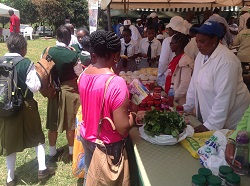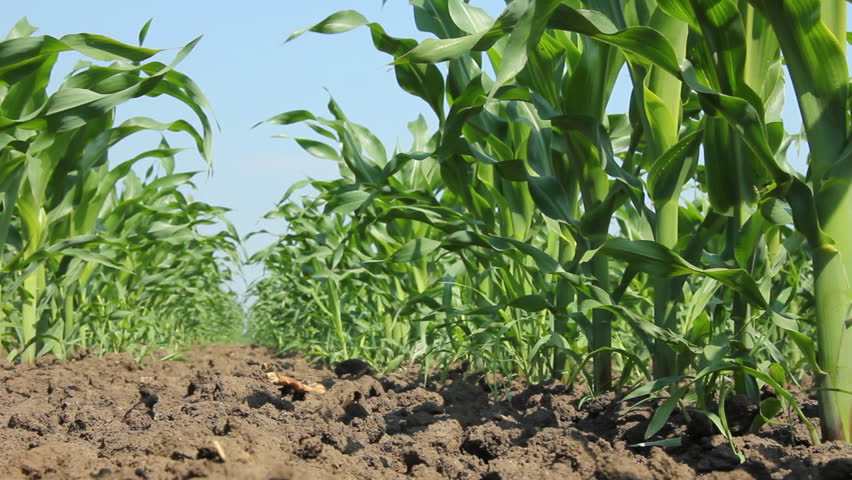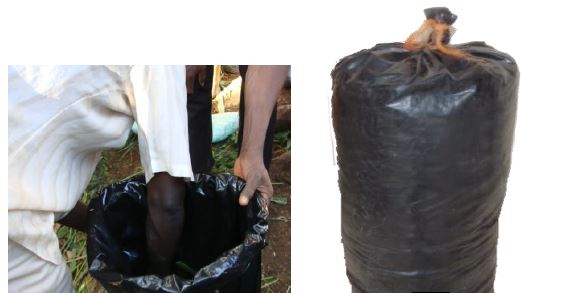Field day event at Waruhiu Agriculture Training Centre. Farmers get trained and linked to markets and other agricultural stake holders during the field days.
Waruhiu Agriculture Training Centre is the only agricultural centre in Kiambu County where farmers from the county and beyond can walk in and get agricultural trainings at no cost. Through its field day events, the centre targets to equip over 1, 800 farmers every year with information and practical skills on the most modern and appropriate agricultural technologies.
Today with the unpredictable rainfall caused by the change of climatic conditions in Kenya and world over, Waruhiu ATC has invested a tune of 8 million shillings in training farmers on water harvesting techniques and drip irrigation.
“We are now focusing in training farmers in current farm technologies especially in harvesting of rain water and drip irrigation to enable them be all-time agro producers,” said Joseph Mureithi, Waruhiu ATC principal.
To enable them hit their target of helping each of their farmers install drip kits covering 500sq metres, the centre works with other agricultural companies like Amiran and Muhindra to enable farmers get these kits and install them at low cost.
READ ALSO: ICIPE seeks to tame bee diseases with training
READ ALSO: Training boosts coffee farmer's earnings by 75 per cent
READ ALSO: Horticultural farmers get training center that promises increased exports and income
The institution has 30 field training sessions every year where. More than 600 small-scale farmers, mostly from Kiambu County, take part in the training sessions where they are allowed to touch, hear and hear during trainings.
“Our farmers get training on greenhouses, horticultural production, breeding of livestock, poultry farming and liquid soap making, among others practically,” said Mureithi.
As usual Waruhiu ATC will this year October hold their field day at their centre in October 13th and 14th where over 500 farmers, 30 exhibitor companies will attend.
“We are allowing farmers to attend our field day for free while exhibitors will pay Sh15, 000,” said Mureithi.
According to Mureithi, during such an event and their daily trainings, farmers are trained on greenhouses, horticultural production, breeding of livestock, poultry farming and liquid soap making, among others.
Write comment (0 Comments)


















